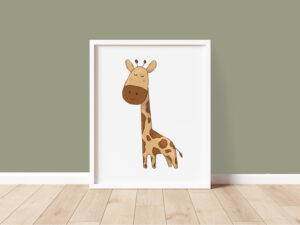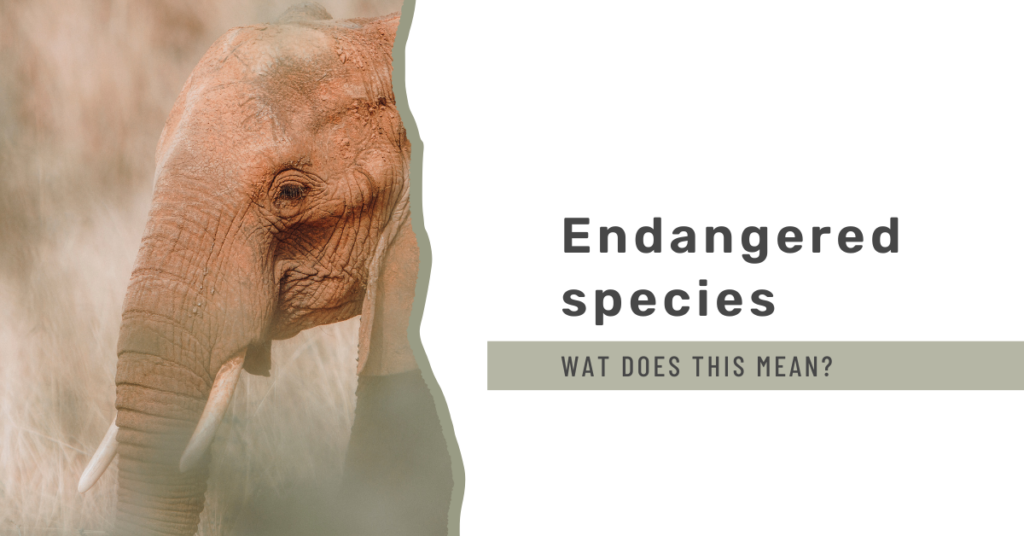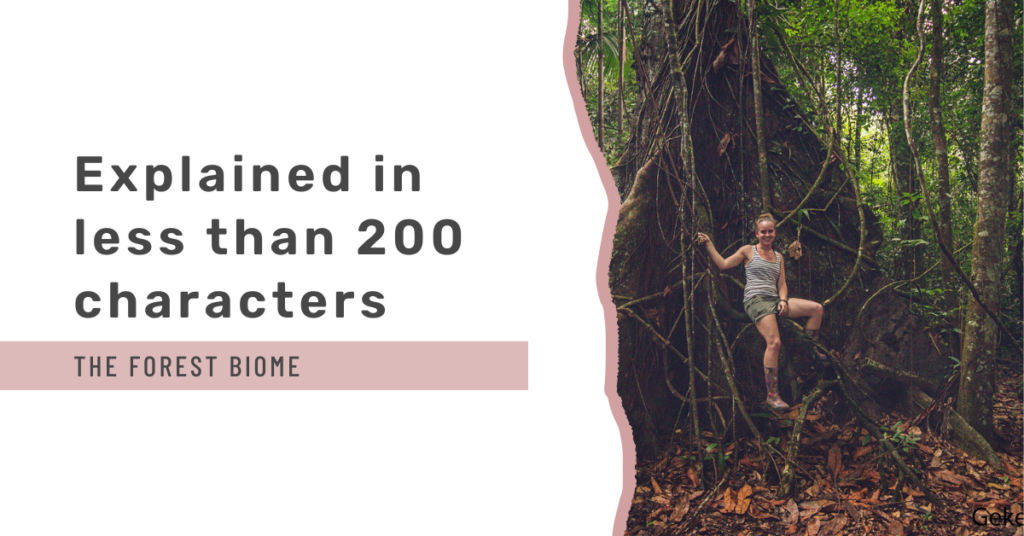Introduction Invasive species are non-native animals or plants that are introduced to a new environment, where they can cause harm to the native ecosystem and are considered one of the major threats to biodiversity. Because they can compete with native species for resources, disrupt ecological processes, and alter habitats. Invasive species can also have negative impacts on ecosystem services, such as pollination, nutrient cycling, and water purification. This blog post will explore the impacts of invasive species on biodiversity and ecosystem services.
Impacts of Invasive Species
Invasive species can have significant impacts on biodiversity, as they can outcompete native plants and animals for resources. Leading to a reduction in native species’ abundance and diversity. Invasive species can also alter habitats, making them unsuitable for native inhabitants, and disrupt ecological processes, such as nutrient cycling and pollination. For example, the zebra mussel, a freshwater mollusc that was introduced to the Great Lakes in the 1980s, has had negative impacts on the native mussel populations by outcompeting them for food and space. Additionally, the emerald ash borer, an insect that was introduced from Asia, has caused significant damage to ash trees in North America, leading to a reduction in habitat for many native species that rely on ash trees.
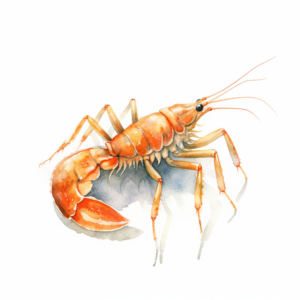
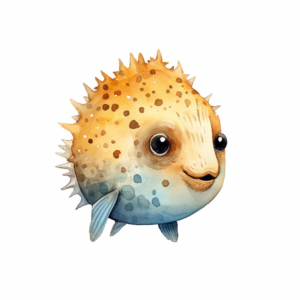
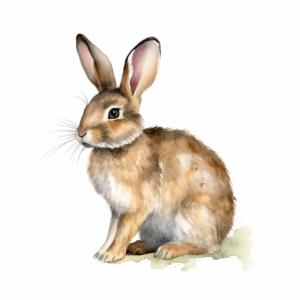
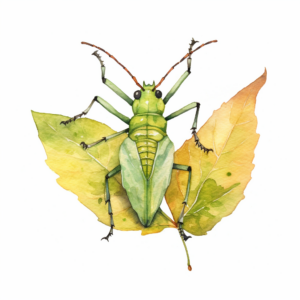
Invasive species can also have negative impacts on ecosystem services, which are the benefits that ecosystems provide to humans. They can disrupt ecosystem processes, such as nutrient cycling and water purification. This can have negative impacts on human health and well-being. For example, the invasion of the water hyacinth, a floating aquatic plant native to South America, has caused significant economic and environmental damage in many parts of the world. The water hyacinth can form dense mats that clog waterways, interfering with navigation, irrigation, and hydroelectric power generation. The mats also reduce dissolved oxygen levels in the water. Which can lead to fish kills and other negative impacts on aquatic ecosystems.
Drivers of Invasive Species Introductions
There are many ways in which invasive species can be introduced to new environments. Some species are intentionally introduced for economic or recreational purposes. While others are accidentally introduced through human activities, such as trade and travel. Climate change is also playing a role in the spread of invasive species. Changing temperatures and precipitation patterns can alter the suitability of environments for different animals and plants. For example, the range of the Asian tiger mosquito, a vector of many diseases, is expanding in Europe and North America as a result of changing climate conditions.
Management and Control
Managing and controlling invasive animals and plants is a complex and challenging task. Prevention is the best strategy, as once an invasive species becomes established, it can be difficult, if not impossible, to eradicate. Prevention efforts include measures such as regulating the importation of live animals and plants, monitoring ports and borders for invasive species, and educating the public about the risks of introducing invasive species.
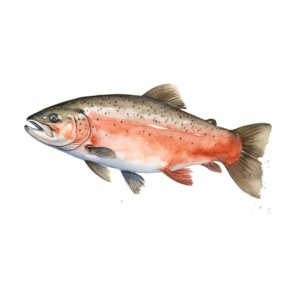
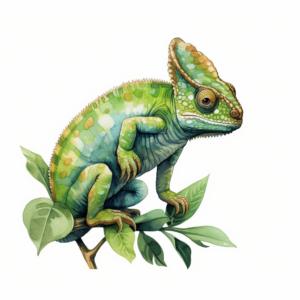
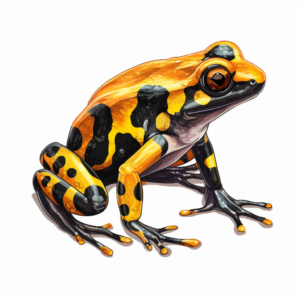
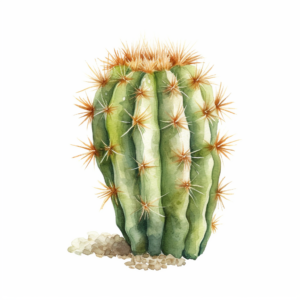
Invasive species are a significant threat to biodiversity and ecosystem services. Their impacts can be devastating, causing economic and environmental damage, as well as negative impacts on human health and well-being. Prevention is the best strategy for managing invasive species, but once they become established, control measures may be necessary.
Want to support my work?
I spend a lot of time keeping this website filled with educational content and keeping updates about what I do to achieve my dream of working and living in Africa. Do you want to support me? You can buy me a coffee or purchase one of my digital prints. All proceeds will go towards my elephant research and the time spent on this website.



